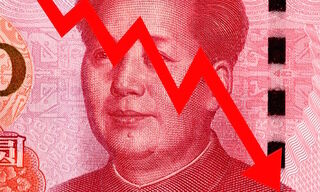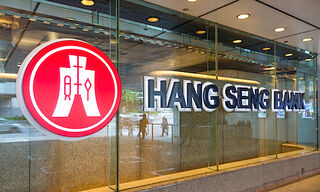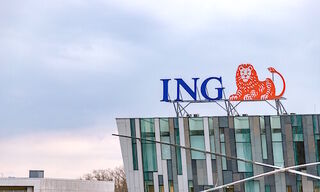According to SWIFT's latest RMB tracker, the Chinese currency is now the second most active currency between Japan and China/Hong Kong with the RMB accounting for 7 percent of payments, by value, compared to 3 percent two years ago.
Although the Japanese yen retains its top position as the number one currency used for payments between Japan and China/Hong Kong, the RMB is gaining traction in this corridor. In the last two years, the RMB has jumped from position four to position two, overtaking the Hong Kong dollar and the US dollar.
SWIFT data points to institutional transfers as the driving force behind RMB adoption, representing 97 percent of the total payments value between Japan and China/Hong Kong in October 2015.
"As China is one of Japan's biggest trading partners, we have been monitoring the use of the Chinese currency in Japan for a while," says Yuji Takei, Head of Japan at SWIFT. "In June 2015, a Japanese bank issued Japan's first yuan bond and other Japanese companies are expected to follow that lead. This shows increased confidence in the RMB, which could lead to further expansion of trade and investment between China and Japan using the RMB."
In October 2015, the RMB held its position as the fifth most active currency for global payments by value and accounted for 1.92% of global payments. RMB payments value decreased by 23.53 percent compared to September 2015, whilst in general all payments currencies decreased by only 2.42 percent. This month's significant decrease may be related to seasonal effects like the Golden Week holiday in China.




















